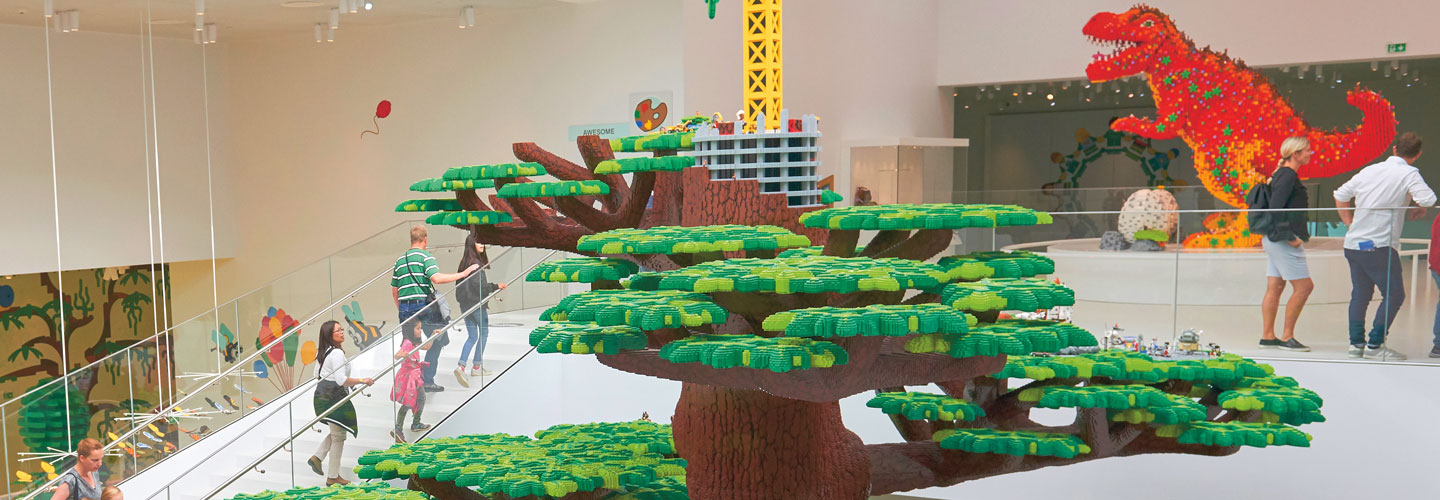Stuart Harris has made a career out of building with LEGO bricks. He’s a designer who has created some of the world’s largest LEGO structures, like a 10-foot-tall Tyrannosaurus rex.
“As a kid, I would construct a LEGO set according to the instructions,” says Harris, “then I’d immediately take it apart and build something from scratch.”

